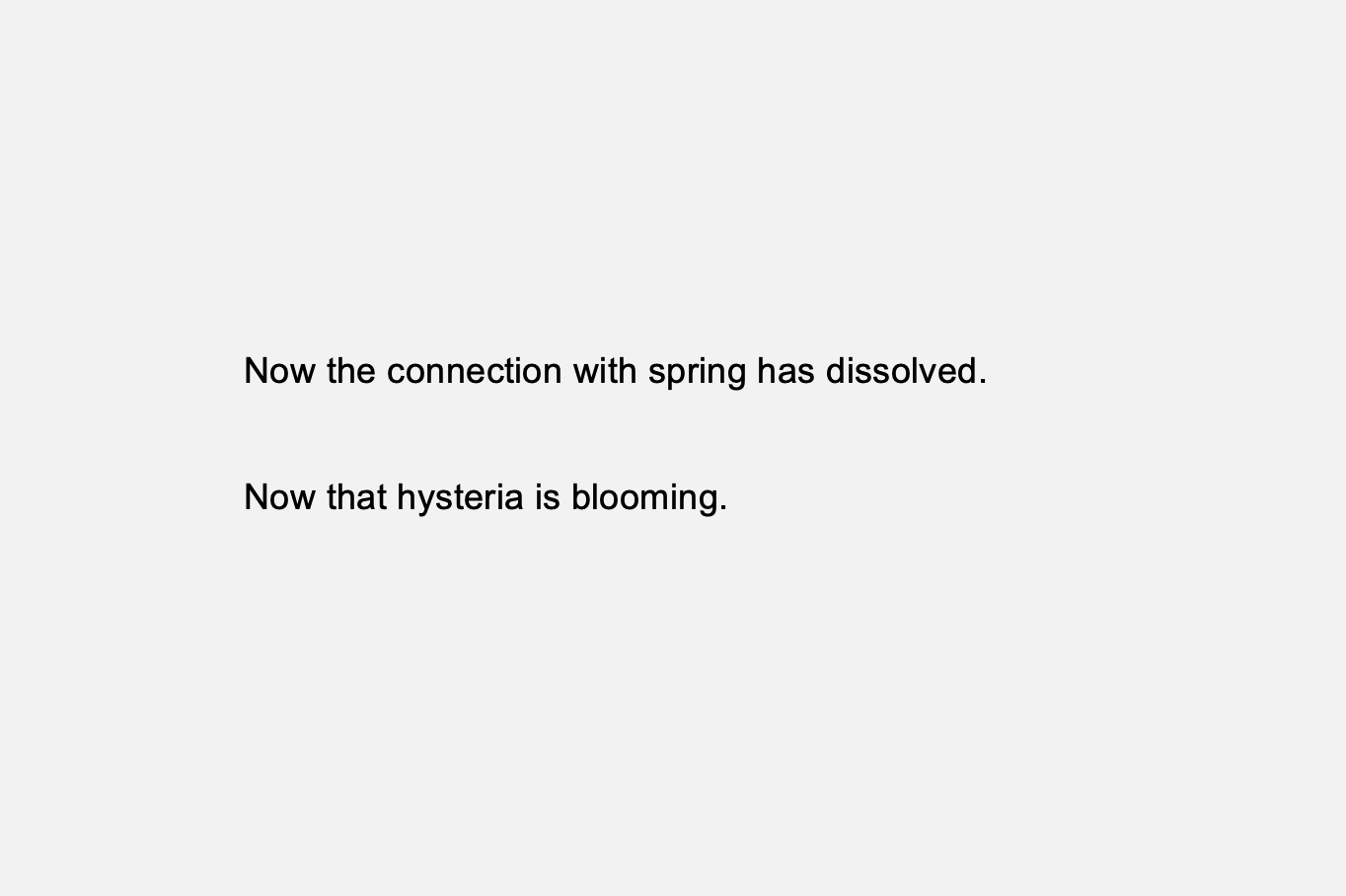Prior to writing this I conducted a straw poll among the editorial team: was it really necessary to talk about NFTs in this month’s letter? The answer, sadly for me—and for you, if you are as bored as I am by both the pearl-clutching and the burn-it-all-down triumphalism—was a unanimous yes. In the conversation that followed, the desire to look away from the furor surrounding one exercise in financial speculation was defeated by the duty of criticism to look at whatever the culture produces. Which, in the end, was hard to argue with.
There has been some confusion about how to address the new market, with digital hardware experts drafted in to explain blockchains in simple terms to the baffled readers of art magazines. Reading these articles has confirmed that I am no more interested in the technicalities of an image’s digital authentication than in the texture of the paper on which an inventory is recorded. But as an art critic I am interested, given the column inches devoted to NFTs, by how little time has been spent actually looking at the art to which their most famous examples are pegged. Take a few minutes to scroll through the 5,000 images collaged into Beeple’s Everydays: The First 5000 Days (2021), for example, and you’ll find that they are, at best, infantile and, at worst, explicitly homophobic and misogynist.1 If “every image embodies a way of seeing,” as John Berger wrote, then the best that can be said of those images is that they are revealing of a particular worldview.
To critique this example isn’t to dismiss the potential of a market in NFTs to support the production of new work, but to grant its jpegs and gifs the same critical attention as any object claiming the status of art. This is the scrutiny that the traders in NFTs demand as long as they continue to make the traditional appeal to artistic merit as a guarantor of their investment (as both Christie's and the purchasers of Everydays have done), and it is the responsibility of publications such as these to judge them by their established criteria.2 My “way of seeing”—the set of principles against which I judge works of art—happens to look down on the lazy reproduction of misogynistic tropes. Nothing is changed in this respect by the means of an artwork’s storage or authentication, or the price attached to it.
Nor, while we’re here, is the fetishization of provenance anything new. Berger stated half a century ago that the market value of original works of art (as opposed to their reproductions) was predicated on their fabricated status as “holy relics” that are eligible to be classified as art only “when their line of descent can be certified.” The pegging of a digital image to a blockchain token that by an environmentally destructive process guarantees its “authenticity” is only, if we follow his argument, the latest “empty claim for the continuing values of an oligarchic, undemocratic culture.”3 The notion that NFTs herald either the brave new world or the apocalypse, rather than the logical extension of a process that has been in train since mechanical reproduction separated the image from its material support, is among the most bewildering symptoms of the craze. Another is the argument that NFTs are somehow contributing to the democratization of art: a new means of manufacturing scarcity does not make art itself more accessible to the wider population. It’s depressing even to have to write this, but the degree of an individual’s engagement with the culture cannot be measured by the amount of money they have invested in its tradable commodities. If it opens up new markets, I haven’t seen evidence that this undermines the existing ones.
All of which is to say that I hope this is the last time I will have to write about the invention of what amounts to a digital certificate of authenticity, however cryptographically secure. For those interested in how the parallels between the deregulation of finance and the dematerialization of art have been explored by artists, we’d direct you to Travis Diehl’s piece on this site last week; over the coming month, we will continue to publish writing that pays close attention to the sensible properties of works of art as a means of reading the reality that underpins them. In those terms, the NFT phenomenon might be said to change very little, but to reveal a great deal.
Ben Davis went through Beeple’s website so you don’t have to in a very good piece for ArtNet: https://news.artnet.com/opinion/beeple-everydays-review-1951656.
See the auction house's promotion of “Beeple’s Opus” as a "kind of Duchampian readymade" and an interview with the purchasers: https://www.christies.com/features/Monumental-collage-by-Beeple-is-first-purely-digital-artwork-NFT-to-come-to-auction-11510-7.aspx; https://news.artnet.com/market/the-buyer-of-the-69-million-beeple-nft-metapurse-1951561.
John Berger, Ways of Seeing (London: Penguin, 1972), 23.
